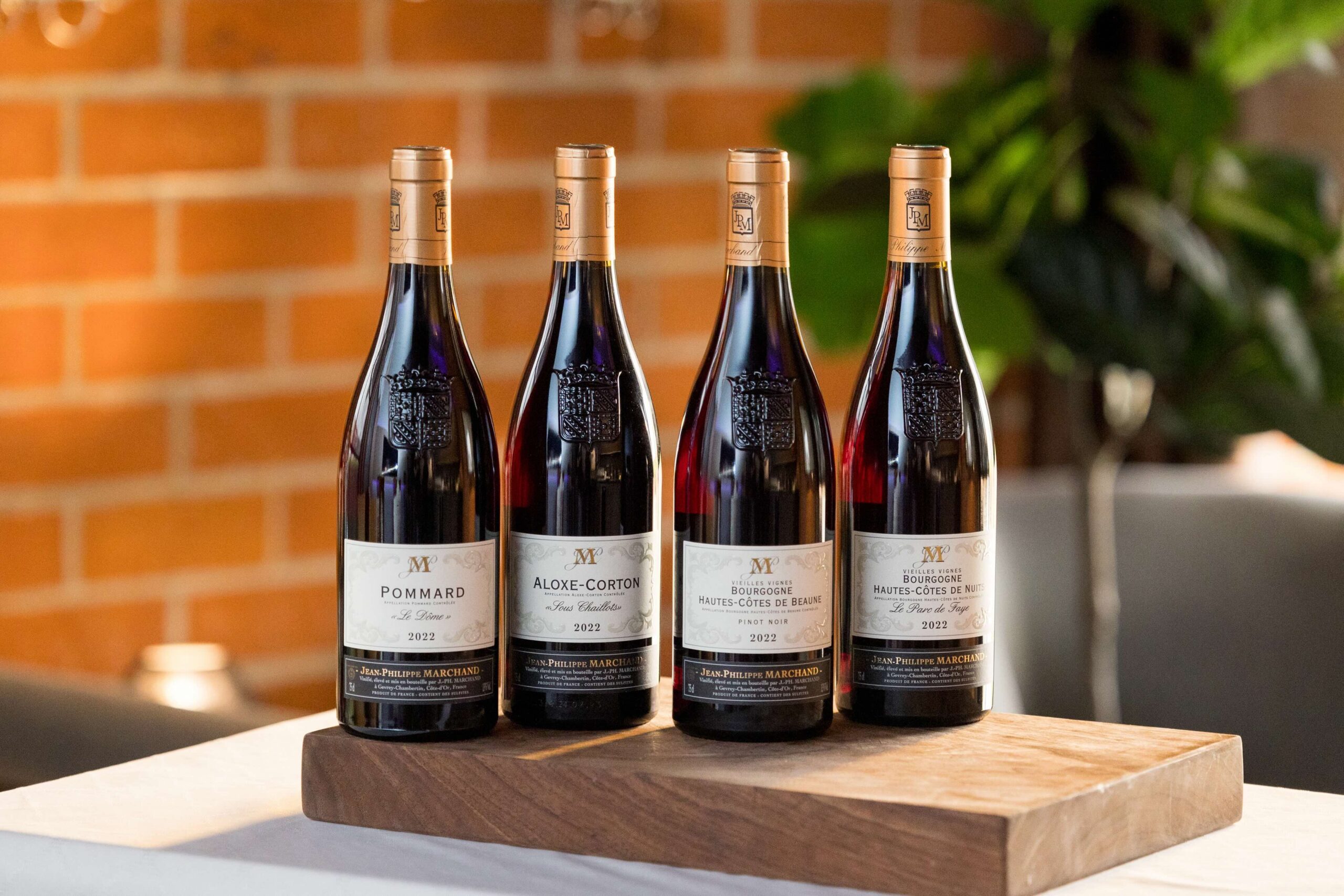Bordeaux vs. Burgundy: Understanding France’s Premier Wine Regions
When it comes to French wine, Bordeaux and Burgundy stand as two of the most influential regions. Their wines are celebrated worldwide, yet they represent vastly different approaches to winemaking. For wine enthusiasts, collectors, and investors, understanding the nuances between Bordeaux and Burgundy is key to appreciating the unique qualities each region brings to the table.
Location and Historical Impact
Bordeaux’s proximity to the Atlantic Ocean has played a crucial role in its wine culture and global reputation. This prime location allowed for easy access to maritime trade routes, helping Bordeaux wines reach international markets early on. The Left Bank, with its superior access to waterways, particularly benefited from this advantage. In contrast, Burgundy, situated in eastern France, was historically more isolated from major trade routes. Despite its rich viticultural history, including Roman and monastic influences, Burgundy’s wines remained less known internationally until modern transportation improved their reach. Today, Burgundy wines often command higher prices than Bordeaux’s most prestigious offerings.
Climate and Wine Styles
The climate of each region greatly influences their wine styles. Bordeaux enjoys a maritime climate, moderated by the Atlantic Ocean and the Gironde estuary, which creates ideal conditions for late-ripening grapes like Cabernet Sauvignon and Merlot. On the other hand, Burgundy has a continental climate with hot summers and cold winters, perfect for Pinot Noir and Chardonnay. These climatic differences result in Bordeaux wines being fuller-bodied and tannic, while Burgundy wines are known for their light body, high acidity, and complex flavors.
Soil and Grape Varieties
Soil composition further differentiates the two regions. Bordeaux’s Left Bank is dominated by gravelly soils, ideal for draining excess water and producing concentrated fruit, while the Right Bank has more clay and limestone, which suits Merlot. Burgundy’s hallmark is its limestone-rich soils, interspersed with marl and clay, imparting a distinctive minerality to its wines. Bordeaux’s reds are typically blends of Cabernet Sauvignon, Merlot, Cabernet Franc, Petit Verdot, and Malbec. In contrast, Burgundy focuses on single-varietal wines, primarily Pinot Noir for reds and Chardonnay for whites, with Aligoté and Gamay also playing significant roles.
Wine Styles and Exclusive Options
Bordeaux reds are known for their robust body, higher tannins, and prominent oak influence, with flavors of blackcurrant, cedar, and graphite. Left Bank wines tend to be more austere and powerful, while Right Bank wines are often more supple and plummy. One of the best options for Bordeaux is Domaine Roses Camille in Pomerol, an exclusive import that exemplifies the elegance and depth of the region. Burgundy’s Pinot Noir offers a lighter body, higher acidity, and flavors of red fruits and earthy undertones. For white wines, Bordeaux produces crisp, herbaceous wines from Sauvignon Blanc and Sémillon, along with luxurious sweet wines from Sauternes. Burgundian Chardonnay varies from lean and flinty in Chablis to rich and buttery in the Côte d’Or, always with a characteristic minerality. For those seeking top-tier Burgundy wines, J-P Marchand offers some of the finest Pinot Noir and Chardonnay, also exclusive imports, showcasing the best the region has to offer.
Classification Systems and Bottles
The classification systems of Bordeaux and Burgundy reflect their distinct histories and philosophies. Bordeaux’s classification, established in 1855, focuses on the prestige of châteaux and their estates, particularly on the Left Bank. Burgundy’s system, developed later, emphasizes specific vineyard plots and the concept of terroir, highlighting the unique characteristics of each piece of land. Even the bottle shapes differ: Bordeaux bottles have high shoulders and a narrow base, designed for easy stacking and sediment collection. Burgundy bottles have gently sloping shoulders and a wider base, originally a practical design for early glassmakers.
Conclusion: A Tale of Two Regions
Bordeaux and Burgundy, despite their rivalry, represent the pinnacle of French winemaking. Their differences—from robust blends to delicate single-varietals—offer a fascinating study in the influence of terroir. Whether you prefer the power of Bordeaux or the finesse of Burgundy, both regions provide endless opportunities for discovery and appreciation, each bottle a testament to centuries of winemaking mastery. For an exceptional experience, consider the exclusive imports of Domaine Roses Camille from Pomerol and the exquisite wines of J-P Marchand from Burgundy, showcasing the very best these regions have to offer.


